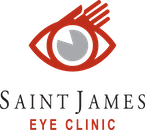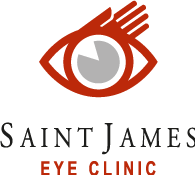Selective Laser Trabeculoplasty (SLT) is an advanced, non-invasive, primary or secondary treatment for raised intraocular pressure (IOP) in glaucoma.
OptoSLT Nano Treatment
Advanced, non-invasive laser technology for treating glaucoma more effectively.
OptoSLT Nano Treatment
Advantages
- Minimal damage to the trabecular meshwork
- Safe even when repeated
- Reduced need for medications
What is OptoSLT Nano Treatment?
Selective Laser Trabeculoplasty (SLT) is an advanced, non-invasive, primary or secondary treatment for raised intraocular pressure (IOP) in glaucoma. The procedure uses short laser pulses of a specific wavelength to selectively target pigmented trabecular meshwork cells without causing extensive thermal damage.
The OptoSLT nano is a new laser technology that is superior to existing SLT devices on the market. By reducing the length of time the laser pulse operates to just one nanosecond (one-billionth of a second), this new technology permits faster and safer treatment without compromising on the efficacy of the outcome.
Indications
OptoSLT nano is intended for the treatment of open-angle glaucoma by using low-energy laser irradiation to stimulate the body’s defence mechanisms to clear damaged cells inside the trabecular meshwork, which is an area of tissue in the eye located near the base of the cornea.
This procedure helps restore porosity and the balanced flow of aqueous humour, thus lowering intraocular pressure.
Contraindications
SLT treatment is not recommended in the following conditions:
Juvenile glaucoma
Primary or secondary narrow-angle glaucoma
Inflammatory or uveitic glaucoma
Any disease process or malformation that blocks the angle
Post-traumatic glaucoma
If you have any of the conditions listed above, our eye specialists shall provide you with alternative treatment options that are better suited for you.
What To Expect
Before the procedure, a nurse will apply some eye drops to constrict the pupil and a local anaesthetic.
The treatment procedure begins by aiming and focusing the laser beam onto the trabecular meshwork and irradiating it with a low-energy beam. The operating doctor will continue adjusting the energy until the treatment endpoint is reached.
This process is repeated multiple times (irradiating either 50 or 100 adjacent spots) at lower energy levels until the entire treatment area is covered.
The procedure takes 5 or 10 minutes, depending on the size of the area to be treated.
After the procedure, patients are often recommended to continue taking their glaucoma medications until IOP is re-evaluated during a follow-up checkup.
Risks & Complications
SLT treatment may cause some mild and transient side effects, such as:
- Transient IOP elevation
- Mild anterior chamber inflammation
- Mild discomfort during the procedure and tender eyes
Your eye doctor will inform you about these potential risks and offer you the appropriate medical care to control and minimise any effects.



